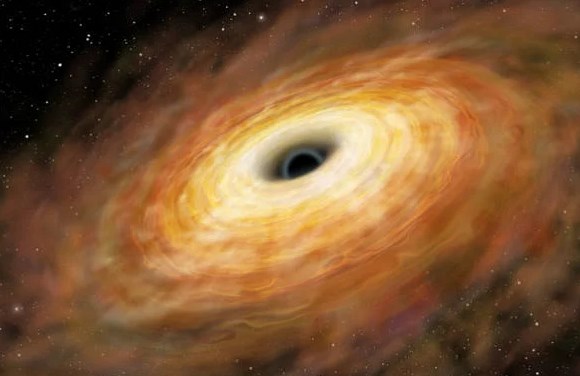What are BH1 and Gaia BH2?
Scientists have made a groundbreaking discovery by finding the closest black hole to Earth, located in our cosmic backyard. This discovery has opened up a new world of possibilities for studying these enigmatic cosmic objects and understanding their role in shaping the universe.
What is a black hole?
Black holes are formed when massive stars collapse under the force of their own gravity, creating incredibly dense objects. They are so dense that their gravity is strong enough to trap anything that comes too close, including light itself. Telescopes cannot detect them directly since they can only capture the effects of black holes’ gravity on the neighboring matter.
The discovery of BH1 and Gaia BH2
BH1 is the closest black hole ever detected till date. It is situated just 1,560 light-years away from Earth in the direction of the constellation Ophiuchus. It was discovered by a team of astronomers using the European Space Agency’s (ESA) Gaia satellite, which is designed to precisely measure the positions and movements of stars in the Milky Way galaxy. In addition to BH1, Gaia also found the second closest black hole to Earth, Gaia BH2, which is 3800 light-years away in the constellation Centaurus.
What makes the discovery significant?
The discovery of BH1 and Gaia BH2 is significant since it enables scientists to observe black holes up close and in detail. By observing the effects of their gravity on nearby stars and gas, astronomers can learn more about the properties and behavior of black holes. This will improve the understanding of the black holes’ formation and their interactions with nearby matters.
Role of Gaia satellite in detecting black holes
The Gaia satellite is playing a crucial role in the detection of black holes. It is designed to precisely measure the positions and movements of stars in the Milky Way galaxy, which helps scientists to identify any changes caused by the gravity of nearby black holes. By detecting these changes, scientists can locate and study black holes in greater detail.
The promise of advanced telescopes and satellites in black hole research
The discovery of BH1 and Gaia BH2 marks the start of a new era of black hole research. With the help of advanced telescopes and satellites, astronomers are poised to unlock the secrets of these mysterious objects and gain new insights into the workings of the universe. Scientists hope to learn more about the role of black holes in galaxy formation, the behavior of matter under extreme conditions, and the nature of spacetime.
Month: Current Affairs – April, 2023
Category: Science & Technology Current Affairs


